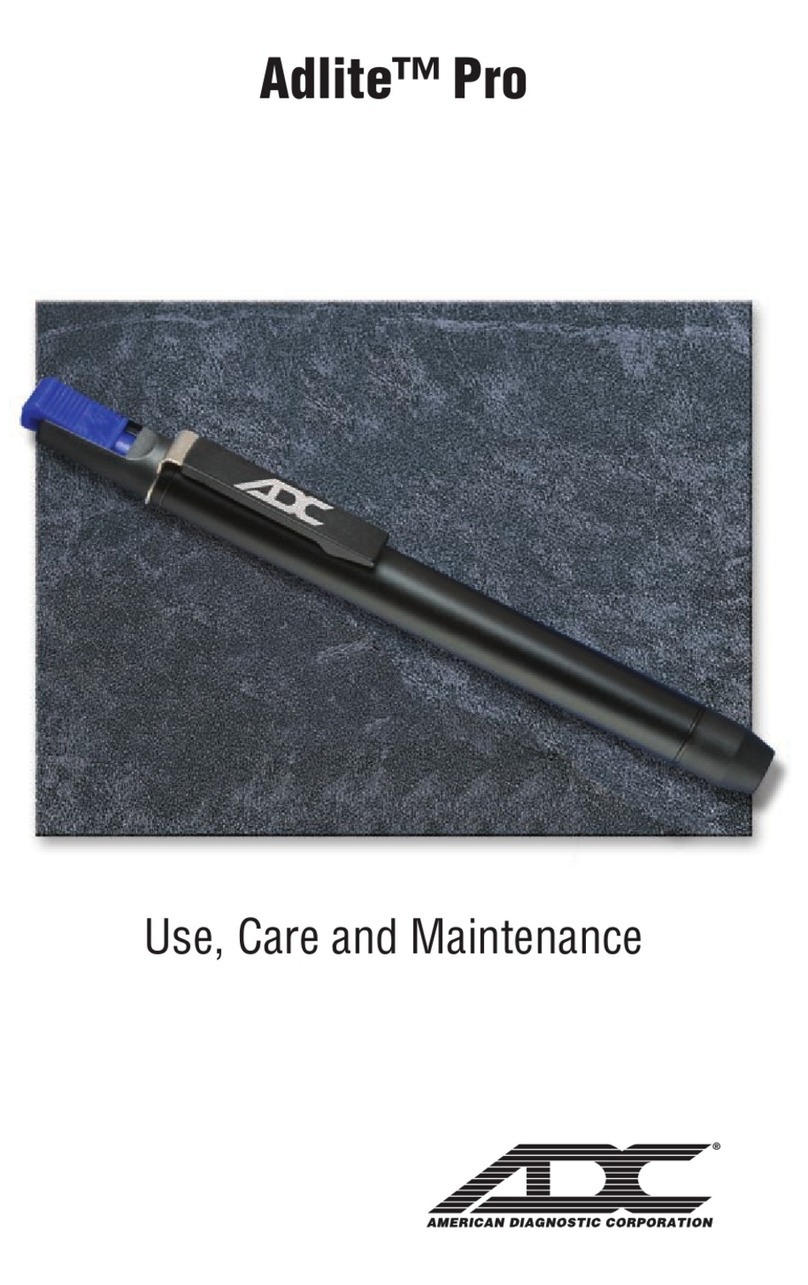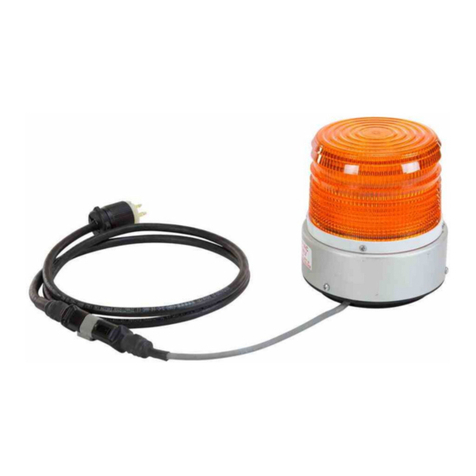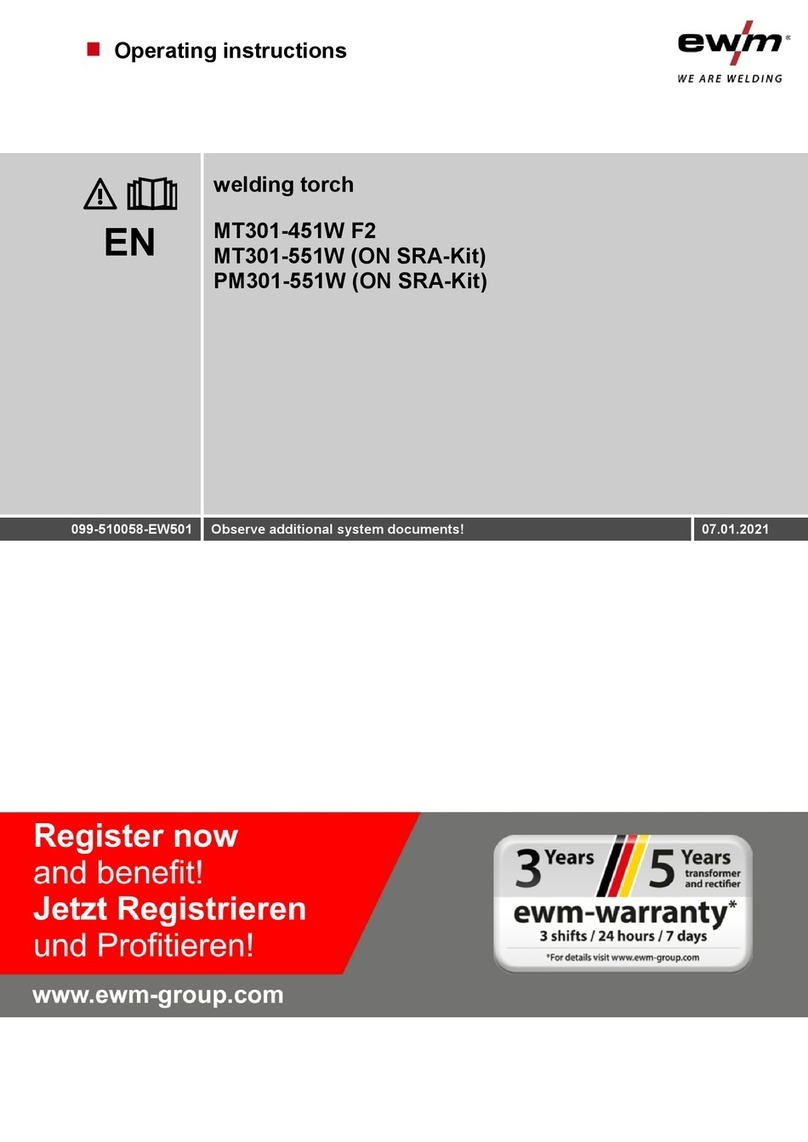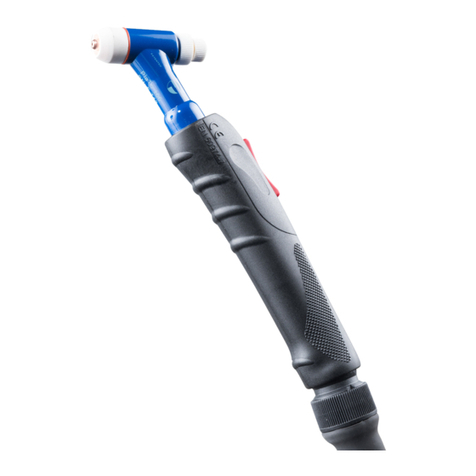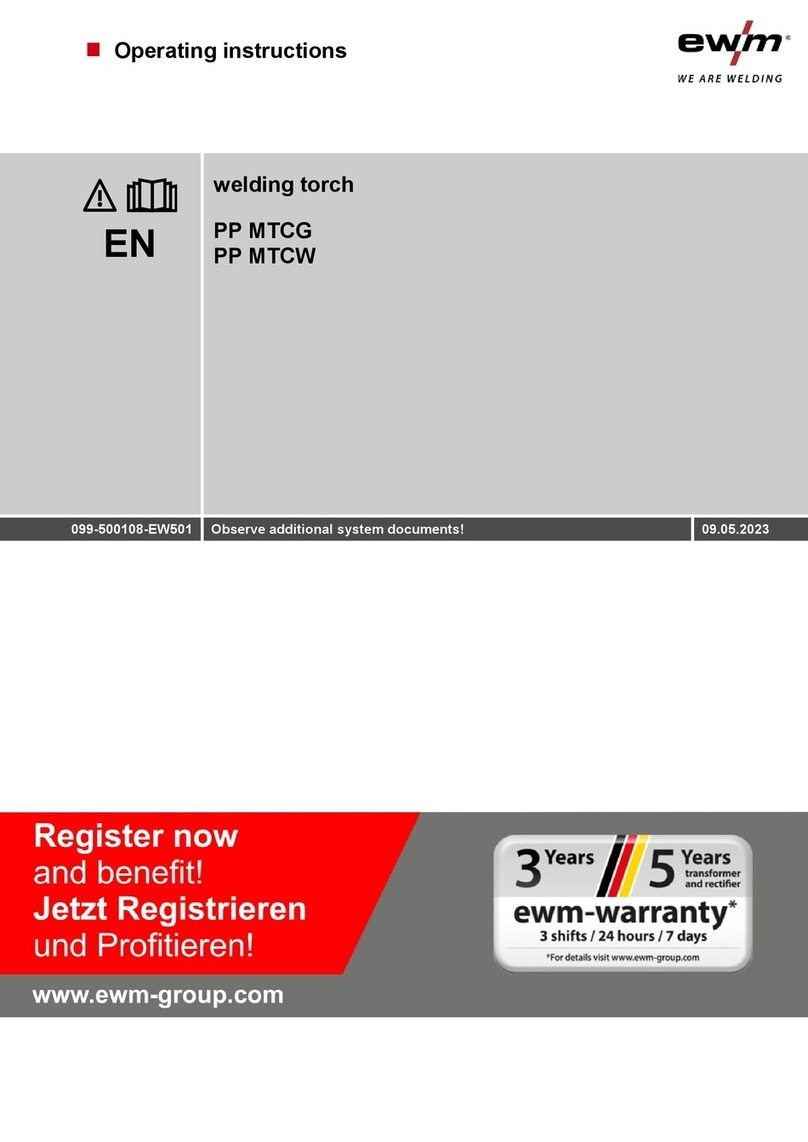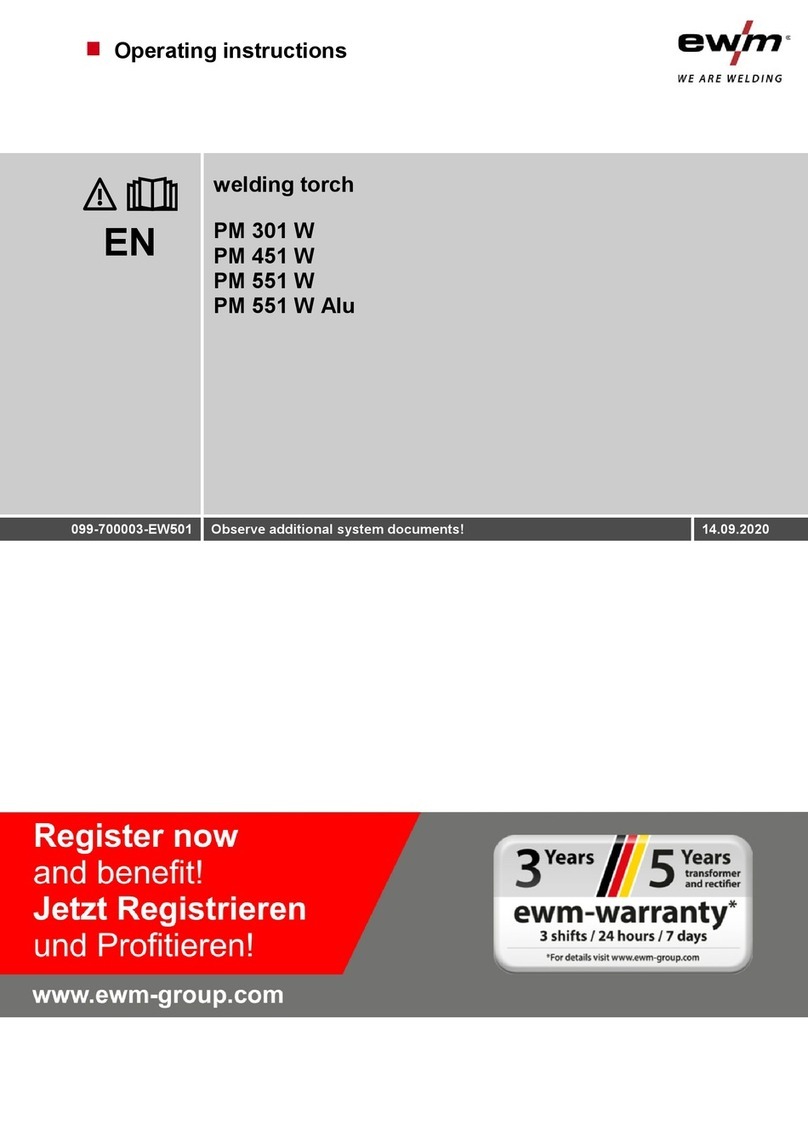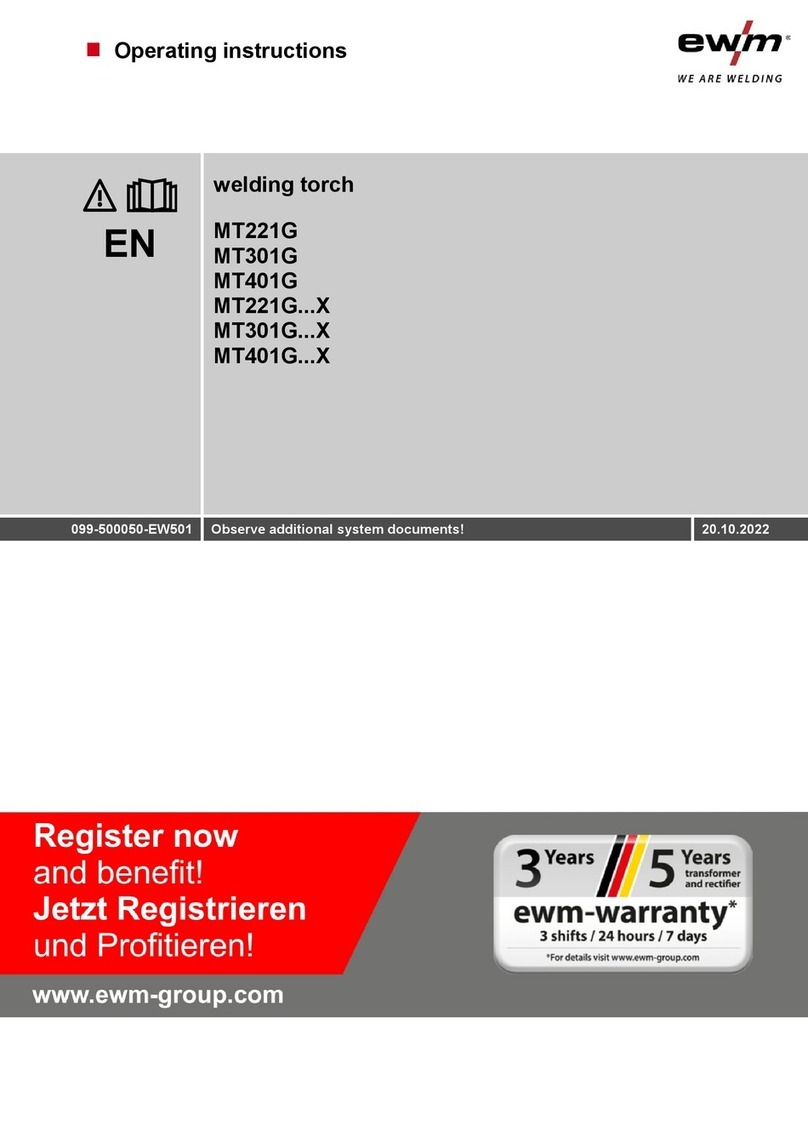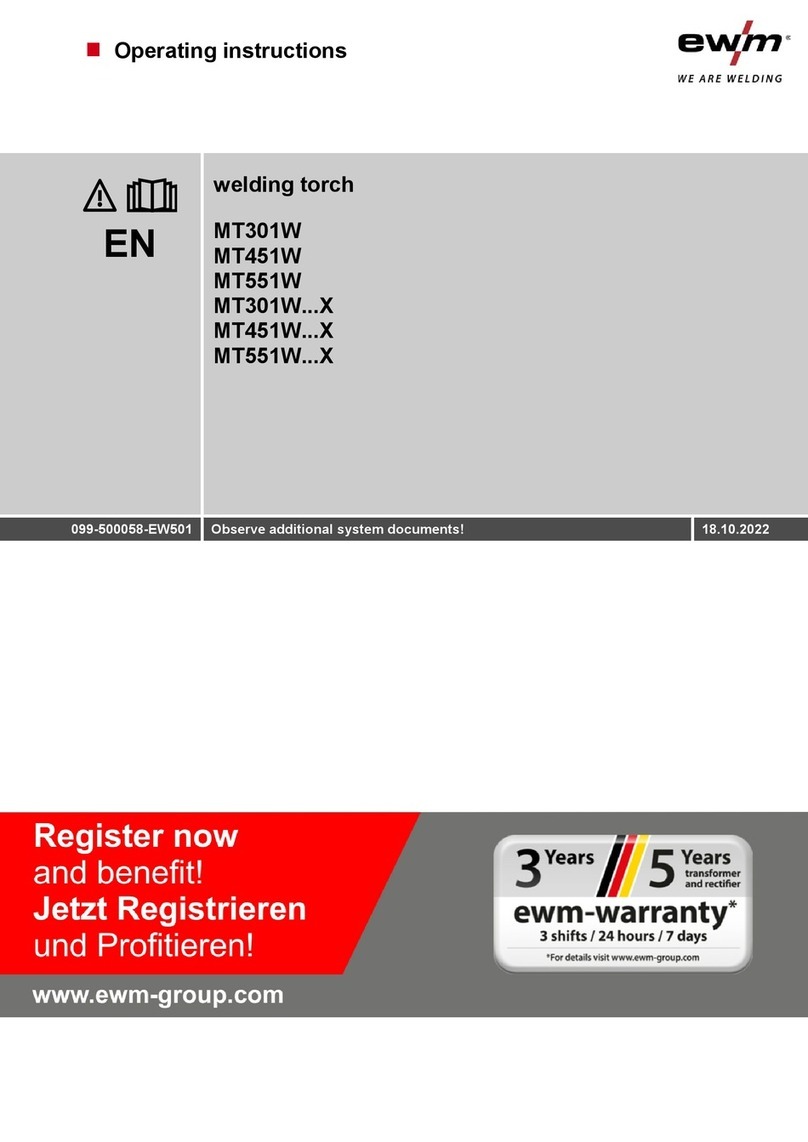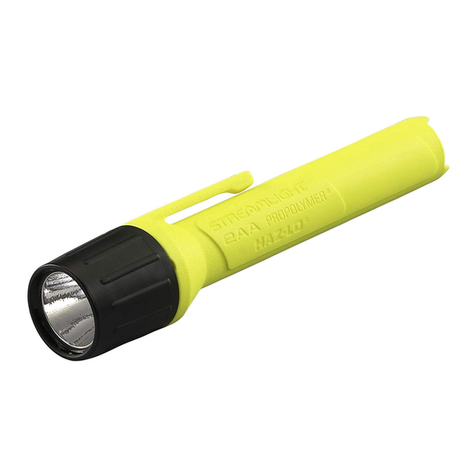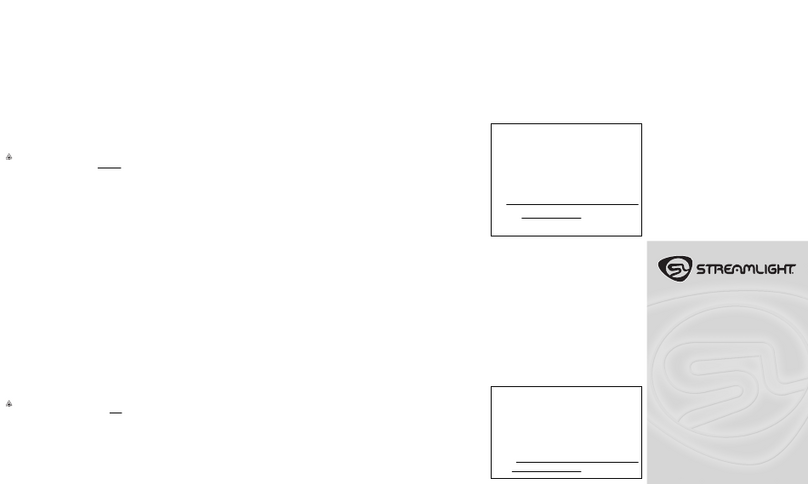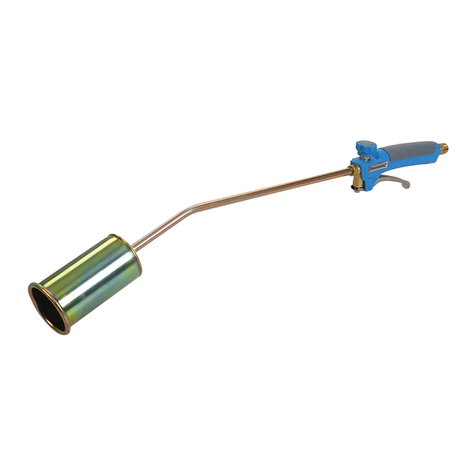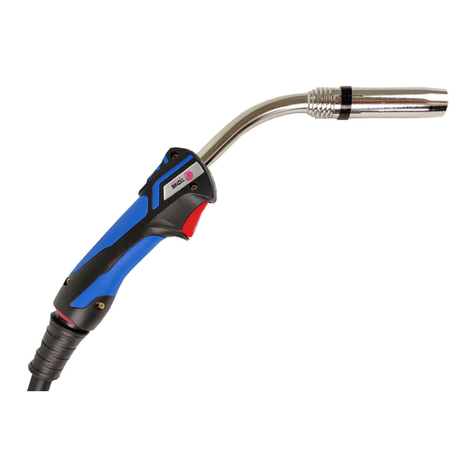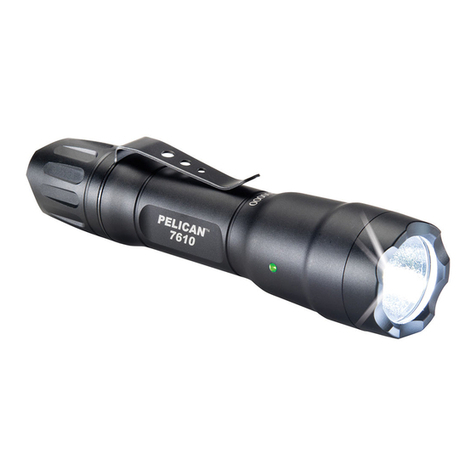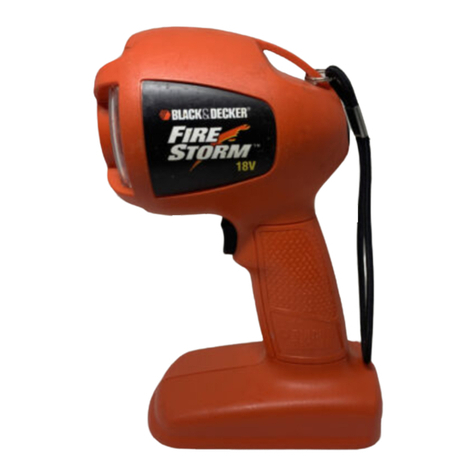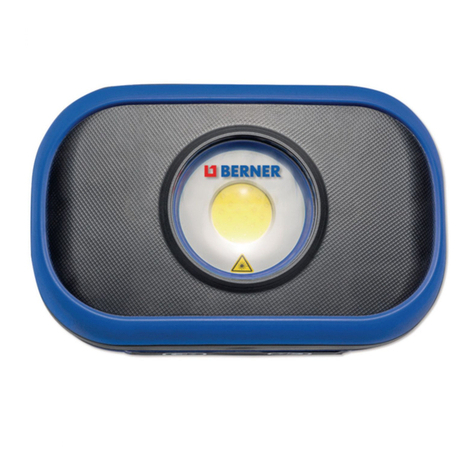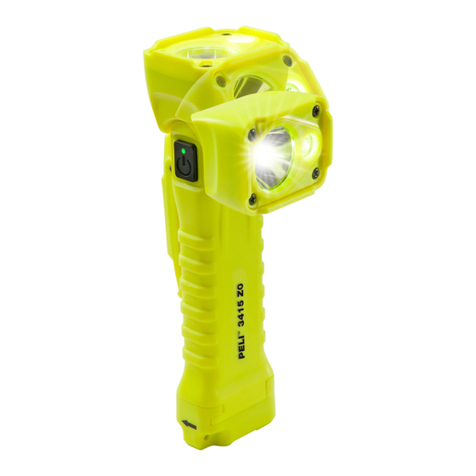
Contents
Notes on using these operating instructions
099-500091-EW501
23.02.2023
1 Contents
1Contents .......................................................................................................................................... 3
2For your safety ............................................................................................................................... 5
2.1 Notes on using these operating instructions .......................................................................... 5
2.2 Explanation of icons ............................................................................................................... 6
2.3 Safety instructions .................................................................................................................. 7
2.4 Transport and installation .................................................................................................... 10
3Intended use ................................................................................................................................. 12
3.1 Applications .......................................................................................................................... 12
3.2 Use and operation solely with the following machines ........................................................ 12
3.3 Documents which also apply ............................................................................................... 12
3.3.1 Warranty ............................................................................................................... 12
3.3.2 Declaration of Conformity ..................................................................................... 12
3.3.3 Service documents (spare parts) ......................................................................... 12
3.3.4 Part of the complete documentation ..................................................................... 13
4Machine description – quick overview ...................................................................................... 14
4.1 Overview of device types ..................................................................................................... 14
4.2 TIG 450 GRIP WD HW ........................................................................................................ 14
4.3 Ways of combination............................................................................................................ 16
5Design and function ..................................................................................................................... 17
5.1 General ................................................................................................................................ 17
5.2 Scope of delivery ................................................................................................................. 17
5.3 Transport and installation .................................................................................................... 18
5.3.1 Ambient conditions ............................................................................................... 18
5.3.2 Welding torch cooling system ............................................................................... 18
5.3.2.1 Permitted torch coolant ......................................................................... 18
5.3.2.2 Maximal hose package length .............................................................. 19
5.3.3 Welding torch connection ..................................................................................... 20
5.3.3.1 Control cable pin configuration ............................................................. 21
5.4 Equipment recommendations .............................................................................................. 22
5.5 Equipping the welding torch ................................................................................................. 24
5.5.1 Convert welding torch ........................................................................................... 25
5.5.1.1 Standard version delivery state ............................................................. 25
5.5.1.2 Converting to jumbo version ................................................................. 27
5.5.1.3 Converting to bottle neck ...................................................................... 29
5.5.2 Assemble the wire guide ...................................................................................... 30
5.5.2.1 Replace steel liner................................................................................. 31
5.5.2.2 Plastic liner ............................................................................................ 35
5.5.3 Configuring the welding machine for mechanical arc fusion welding ................... 40
5.6 Machine control – Operating elements ................................................................................ 40
5.6.1 Operating modes (functional sequences)............................................................. 41
5.6.1.1 Explanation of symbols ......................................................................... 41
5.6.1.2 Non-latched Manual .............................................................................. 42
5.6.1.3 Latched manual ..................................................................................... 43
5.6.1.4 Non-latched automatic .......................................................................... 44
5.6.1.5 Latched automatic ................................................................................. 45
5.6.1.6 Tack welding ......................................................................................... 46
5.6.1.7 superPuls .............................................................................................. 47
6Maintenance, care and disposal ................................................................................................. 48
6.1 General ................................................................................................................................ 48
6.1.1 Identifying damage or worn components ............................................................. 48
6.1.2 Maintenance and care before each use ............................................................... 49
6.1.3 Regular maintenance ........................................................................................... 50
6.2 Disposing of equipment ....................................................................................................... 51
7Rectifying faults ........................................................................................................................... 52
7.1 Checklist for rectifying faults ................................................................................................ 52
7.2 Vent coolant circuit ............................................................................................................... 54
